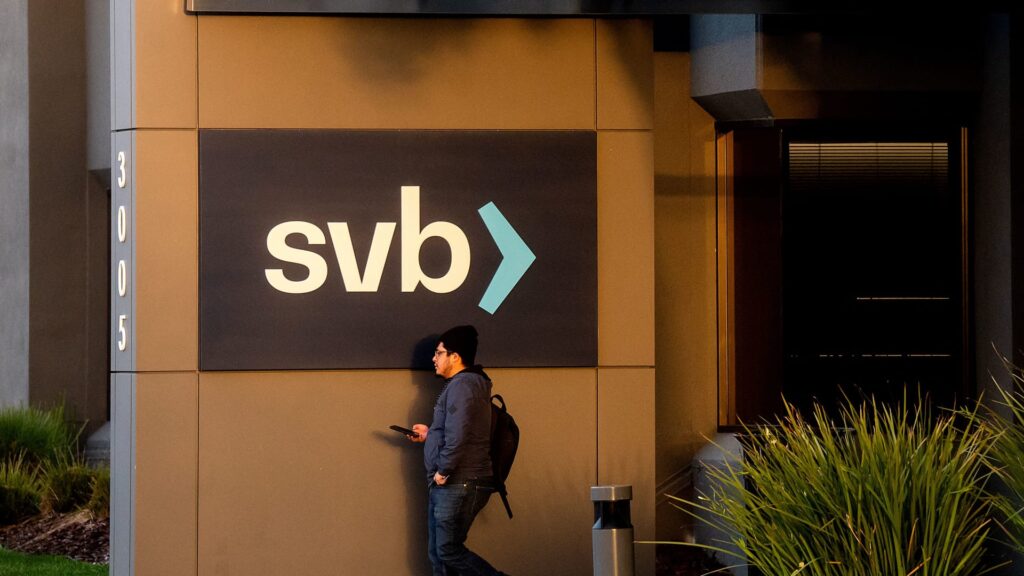Following the fall of Silicon Valley Bank, a lot of terms are being thrown around on CNBC and elsewhere in discussions about what went wrong. One key term is “duration risk” along the yield curve in the bond market. We don’t usually get into this level of detail on fixed income at the Club — but in this case, it’s important to understanding the second-biggest bank collapse in U.S. history. The now-failed institution, which served tech start-ups and venture capital firms for over four decades, got caught in longer-duration U.S. Treasury bonds. When there was a run on the bank late last week, SVB had to sell these securities at steep losses to raise funds quickly for its customers. In the end, the rush of clients demanding to withdraw money from SVB led to U.S. regulators stepping in to protect depositors in order to prevent contagion in the banking sector. Here’s a guide to the dynamics that led to SVB’s demise. How a bank operates First, let’s get a few key basics out of the way. Deposits at a bank are held as a liability on the balance sheet. The bank takes in deposits and is therefore on the hook when the depositor requests a withdrawal. The bank also pays out interest on these deposits. A bank is also in the business of making money and needs to generate at least enough money on those deposits to pay off the interest. The deposited money can’t just sit in cash. In order to generate a profit and more than cover the interest owed on deposits, a bank will take that money and lend it at a higher rate. As these loans generate interest paid to the bank, they are considered assets. A bank makes money on the spread, or net interest margin (NIM), between what it’s paying in interest to depositors and what it’s generating in interest from loans and other investments. The money made is referred to as net interest income (NII). The lending banks engage in can take many forms — from lines of credit to mortgages to car loans. Another option for a bank that doesn’t…
Read the full article here





